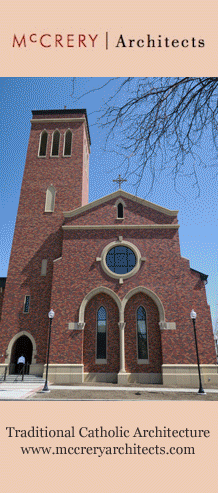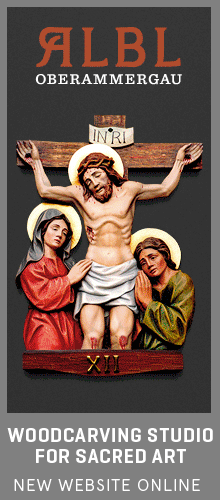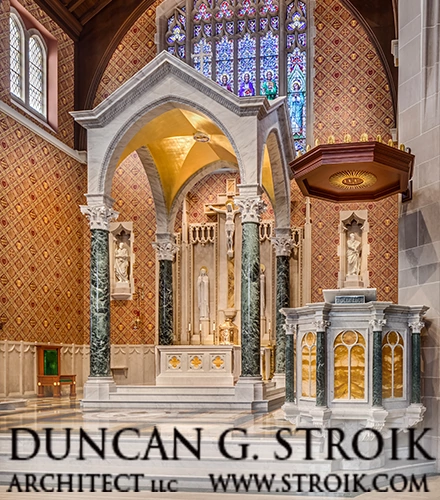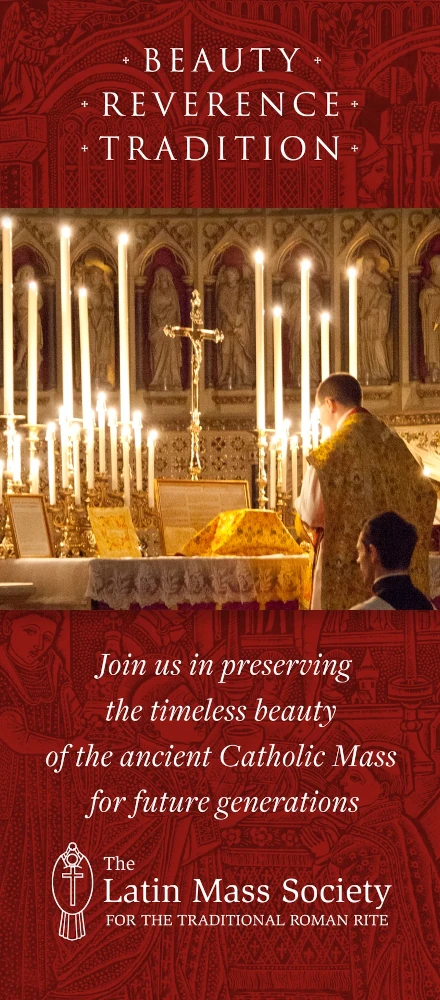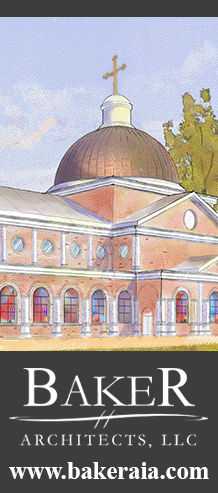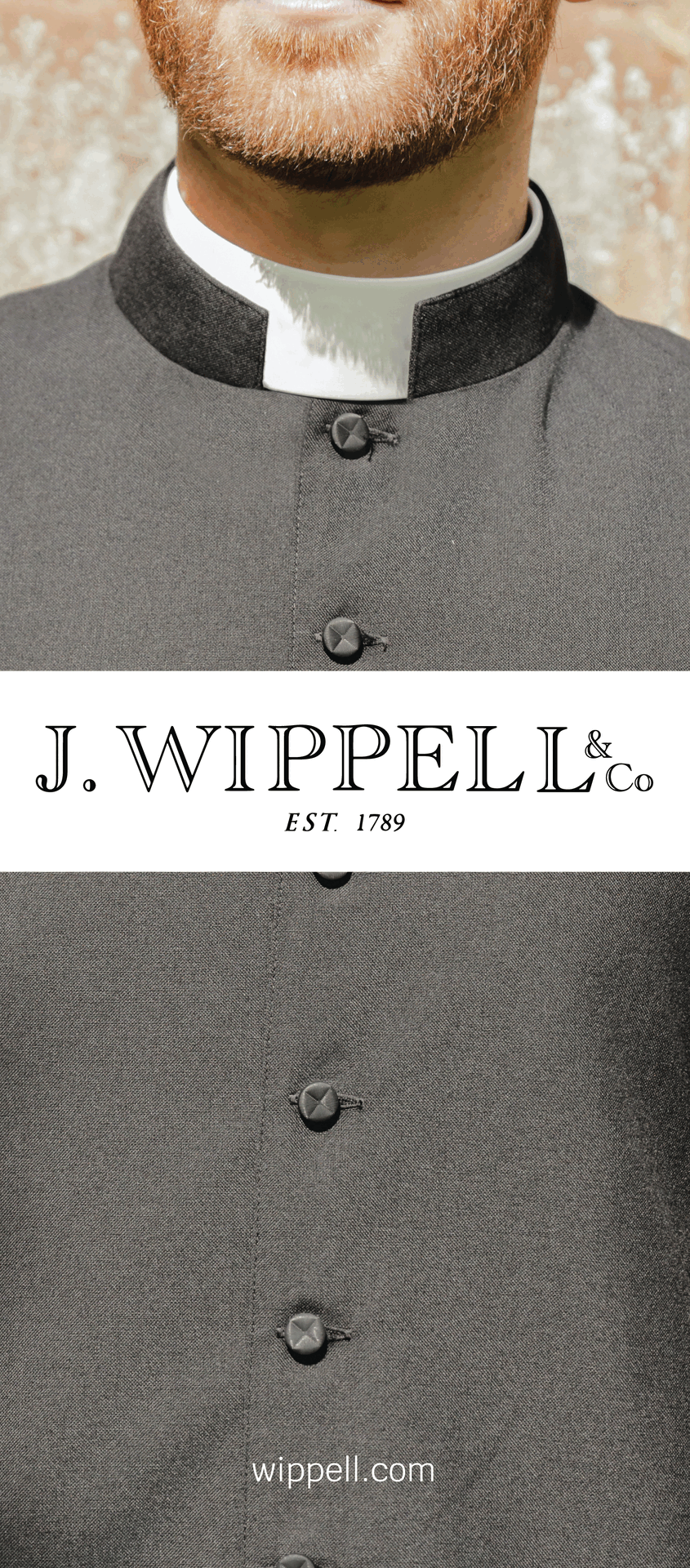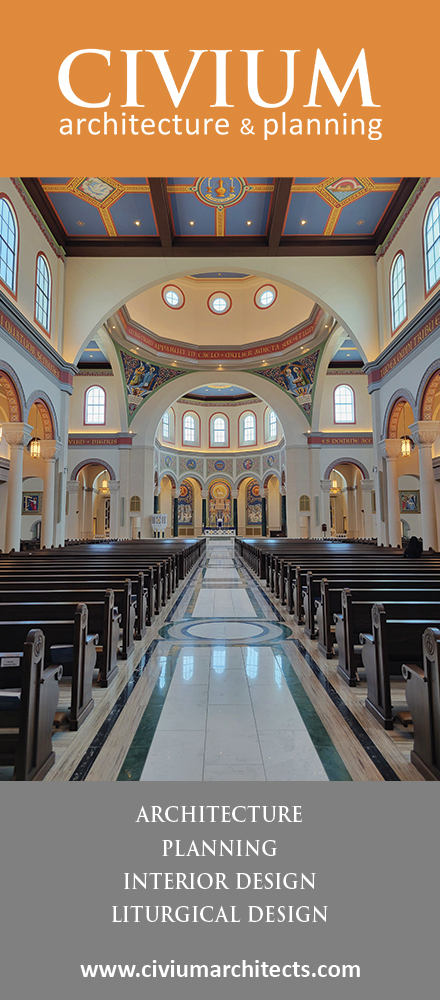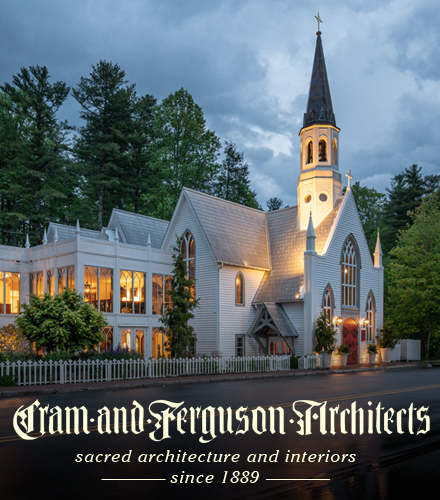Today, the Lenten exercises of the Roman Curia ended. Last year on this occasion, Shawn had noted the setup of the altar in the Redemptoris Mater (formerly Mathilde) chapel, which is used for this occasion.
Now, this is how the altar looked at the meditation given in Advent (the traditional time for the exercises from Pius XI until Paul VI) 2006 by Fr Cantalamessa:

For the Lenten exercises of the Roman Curia in 2007, the altar arrangement had changed for this, as then pointed out by Shawn:

 As Shawn observed last year,
As Shawn observed last year,Please note: the altar is setup for ad orientem celebration of the sacred liturgy. Six traditional candlesticks dress the altar, and yes, there is a tabernacle in the centre on the altar as well.
Now, this year we find the following:


 Although the pictures may not be optimal for this purpose, we can still see that a further step has been taken: the Cross, which had remained off-centre last year, has now returned to its traditional place in the centre of the altar.
Although the pictures may not be optimal for this purpose, we can still see that a further step has been taken: the Cross, which had remained off-centre last year, has now returned to its traditional place in the centre of the altar.While this is admittedly not ground-shattering news, and this ad orientem setup of the Redemptoris Mater chapel has, as far as I can see, not (yet) been used for Mass celebrated there that we know of, it may still serve, as the headline, which is Shawn's original headline of last year's post, suggests, as an indicator of the slow but steady and long-term reorientation of the liturgy which the Holy Father is bringing about.
As for ad orientem celebration of Mass in this Chapel, it has also be taken into account that for one thing, the step in front of the altar seems very narrow, thus requiring lasting changes for such a celebration. For another, the Masses taking place in this chapel are mostly large concelebrations (e.g. for the International Theological Commission), for which ad orientem may have been deemed less appropriate, however unjustified such an understanding may be.
Regarding this last point, it is quite interesting, and to be frank, in my eyes a hopeful sign, that His Holiness, at the recent "Q&A" with the Roman clergy had this to say about "en masse concelebration":
I have also made another question be raised [at the synod of bishops on the Eucharist], regarding concelebrations en masse: because if there are concelebrating, e.g., a thousand priests, one does not know if this is still the structure willed by the Lord.
(Anche un'altra domanda ho fatto fare, sulla concelebrazione in massa: perché se concelebrano, per esempio, mille sacerdoti, non si sa se c'è ancora la struttura voluta dal Signore.)
He also raises questions about Masses with multitudes, which to him "remain a problem". This part has - so far, at least - not been translated by Zenit. For some insightful thoughts with interesting comments regarding the problems of large (con)celebrations of this kind see this and this post on Fr Justin's Nova et Vetera.


